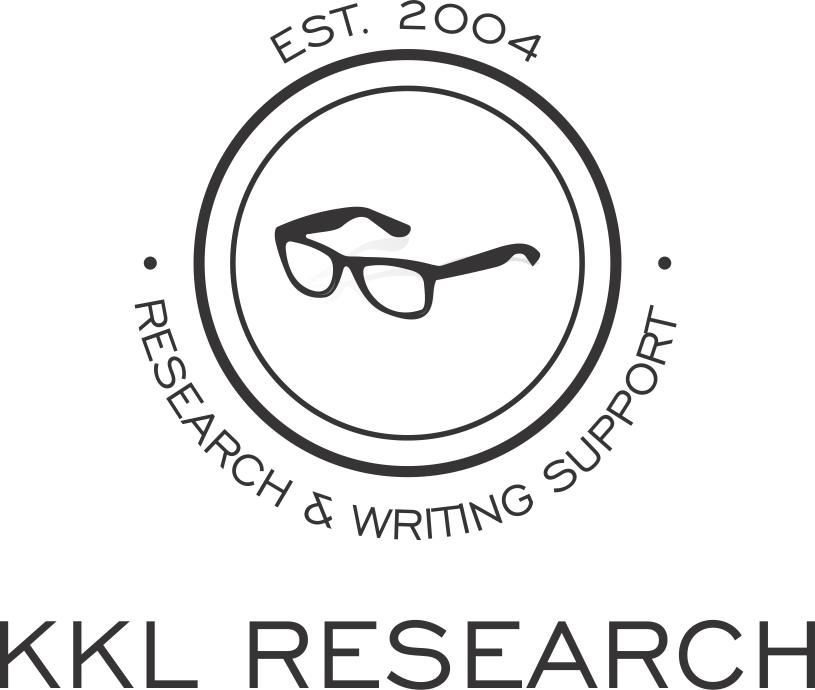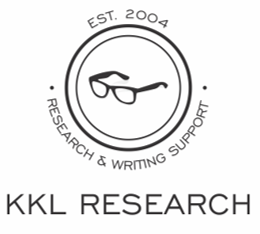Best Practice: Start with Secondary Research First
Research is about getting answers and insight. In the interest of remaining competitive, businesses often need this information fast.
Accuracy is critical, but so is speed.
I’ve found that balancing these two objectives is best achieved by starting with secondary research.
Here’s my reasoning:
Save Time & Money
Secondary research, or the scrutiny of existing data and information, offers a budget-friendly alternative to primary research, which demands substantial investment in focus groups, surveys and interviews.
By utilizing secondary research before primary, you can tap into a wealth of information already available in databases, reports, academic papers, and industry publications.
This translates into significant time savings, enabling you to quickly glean insights and allocate resources accordingly.
Pro Tip: I always suggest that my clients start with secondary research first and then fill in any gaps with primary research. This way, all bases are covered and usually at a lower cost than most expect.
Broader Insight and Context
Secondary research provides a panoramic view by aggregating data from diverse sources. You can gain insight within a larger context of market trends, consumer behavior, and industry dynamics.
Secondary research enables a more holistic view that primary research alone struggles to achieve.
Navigating Risk
Secondary research can be a valuable tool in risk mitigation by offering historical data and trend analysis.
If you want to identify trends and patterns across time, secondary research shines in providing historical data.
You can also identify at the macro level: cyclic patterns, emerging trends and potential shifts in consumer behavior or market dynamics.
Validation
A key strength of secondary research lies in its validation for primary research findings.
By cross-referencing primary data with secondary sources, you can firm up the reliability of your conclusions.
Accessibility and Convenience
The digital age has democratized information access with a multitude of online databases, scholarly journals, and market reports.
This removes geographical barriers, enabling you to tap into a huge repository of insights.
Top Quality Sources
When you are viewing secondary information from a respected source, you know that the information can be trusted.
Reputable news agencies, major nonprofits, academic studies, governments and universities all offer an opportunity for immediate trust in the data you want to use.
My Main Tips:
*Start with secondary research, then layer primary on top for well-rounded insight.
*Know your sources. Can the information that you are using for analysis be trusted? Why or why not?
*Always triangulate your data. Make sure that other top-quality sources align with what you are seeing.
- Kristen
When you’re ready, contact me to discuss your project.


